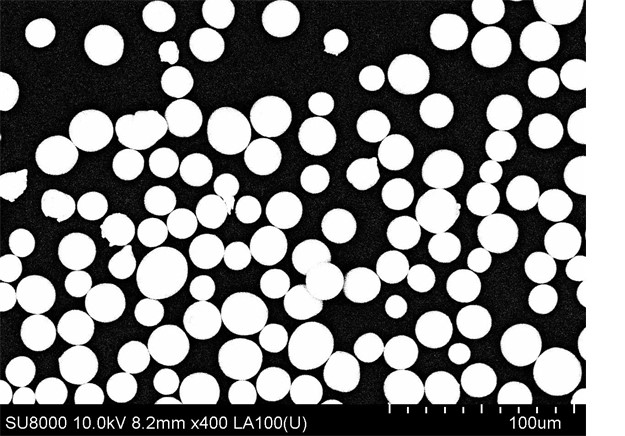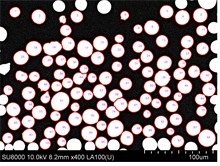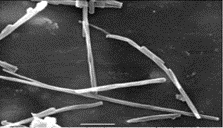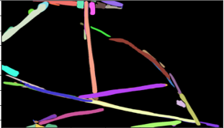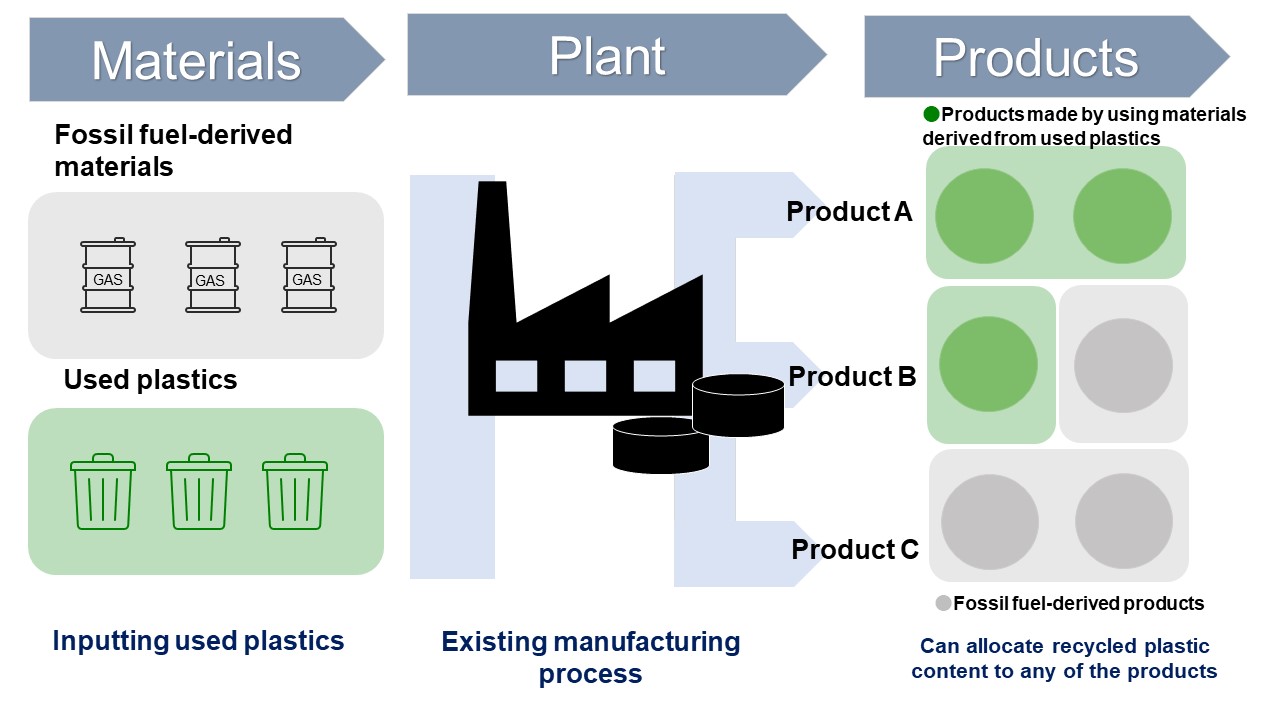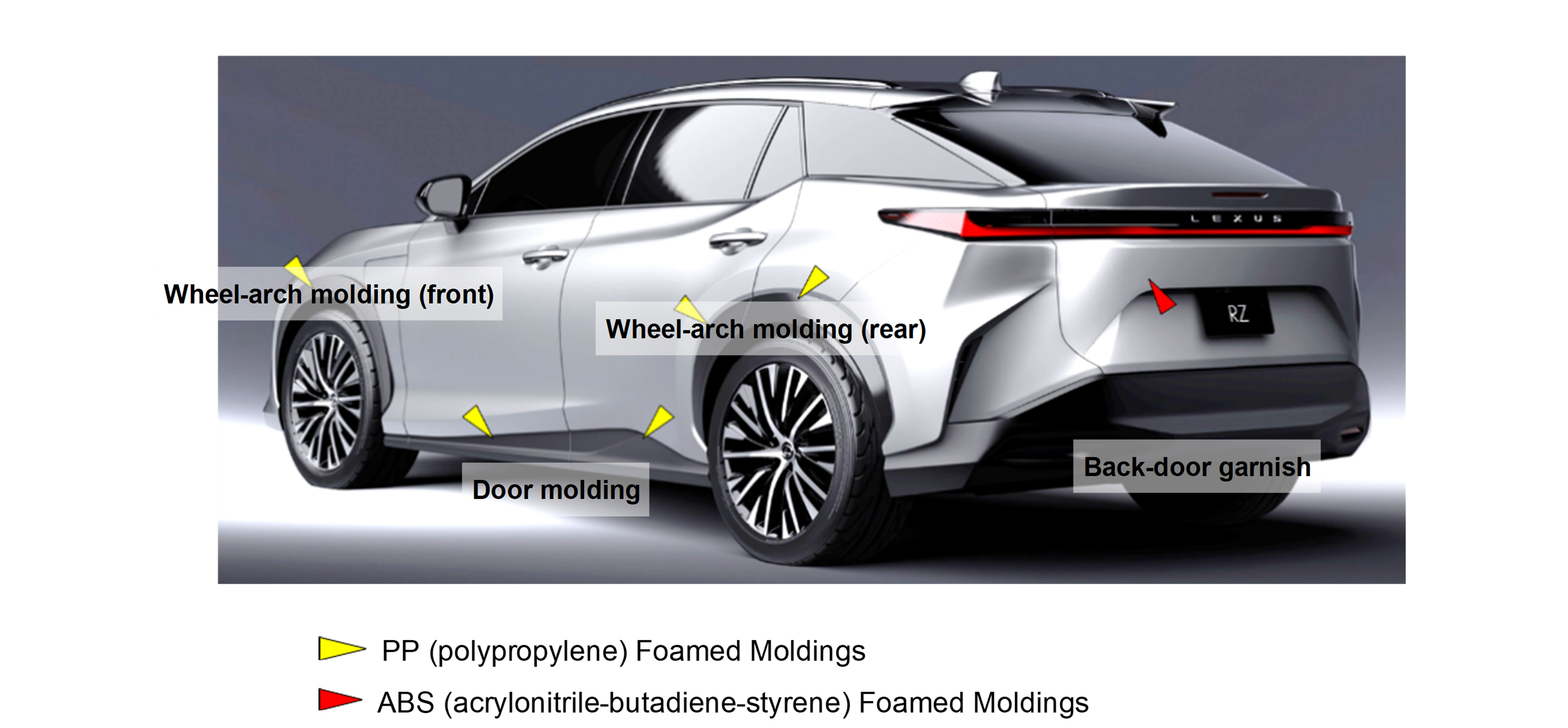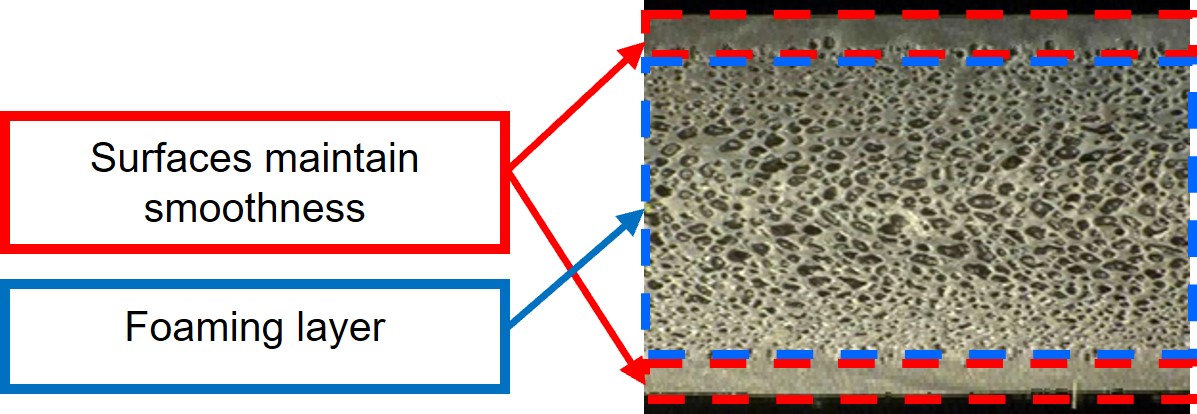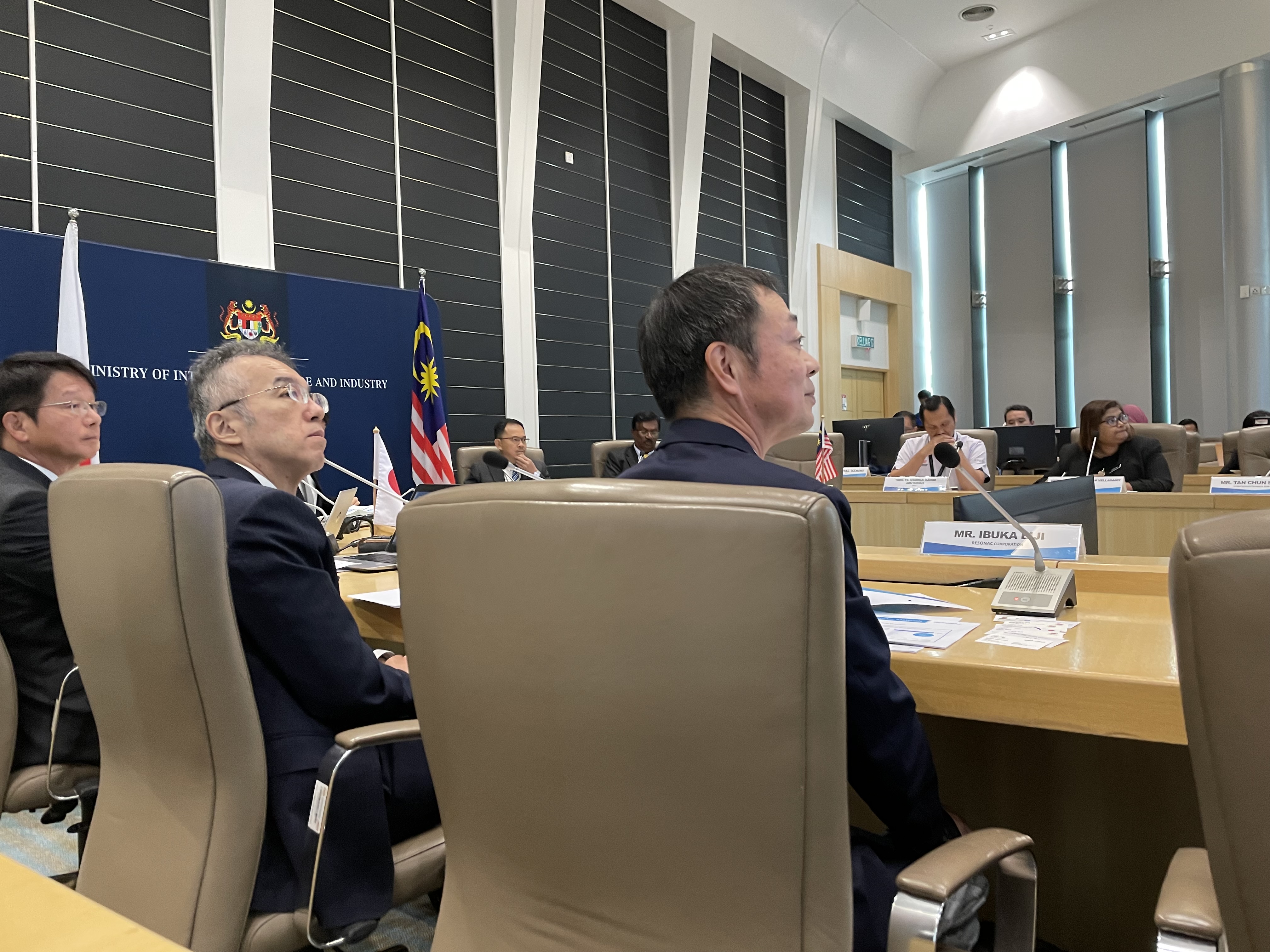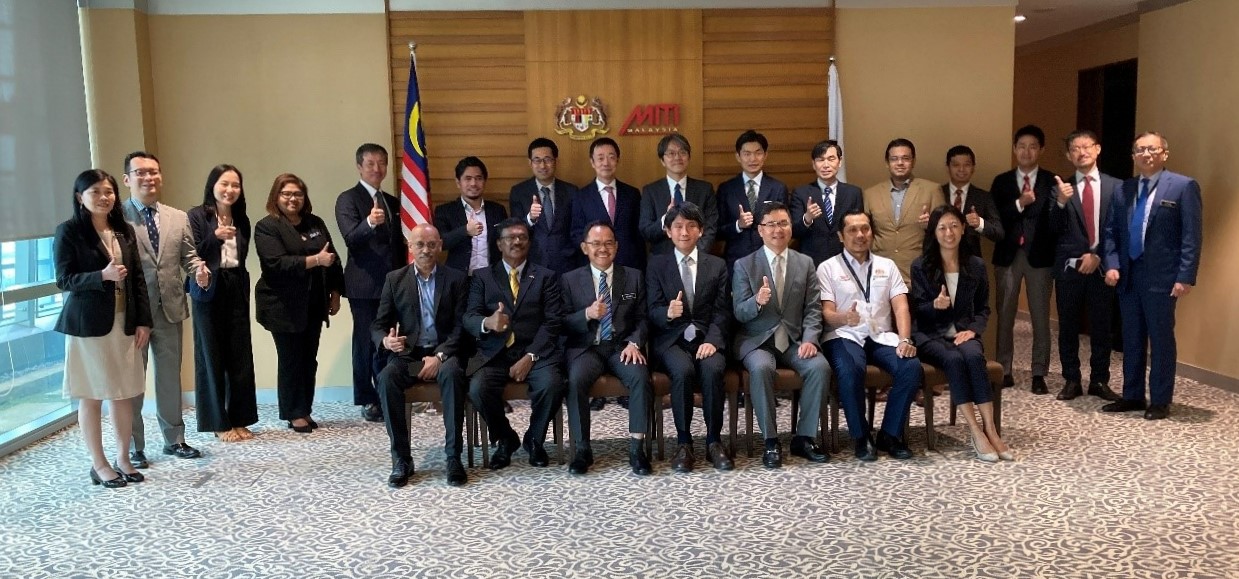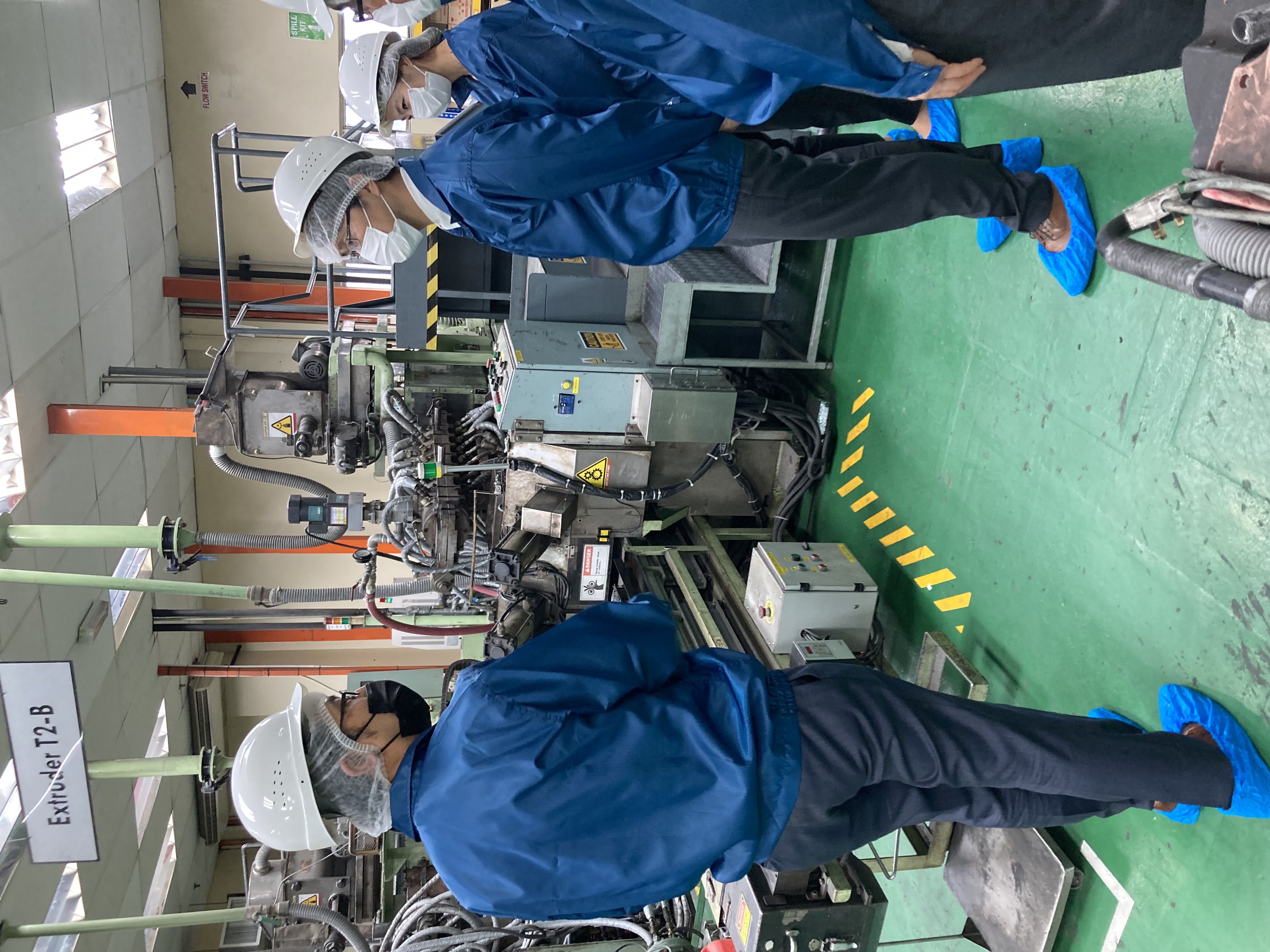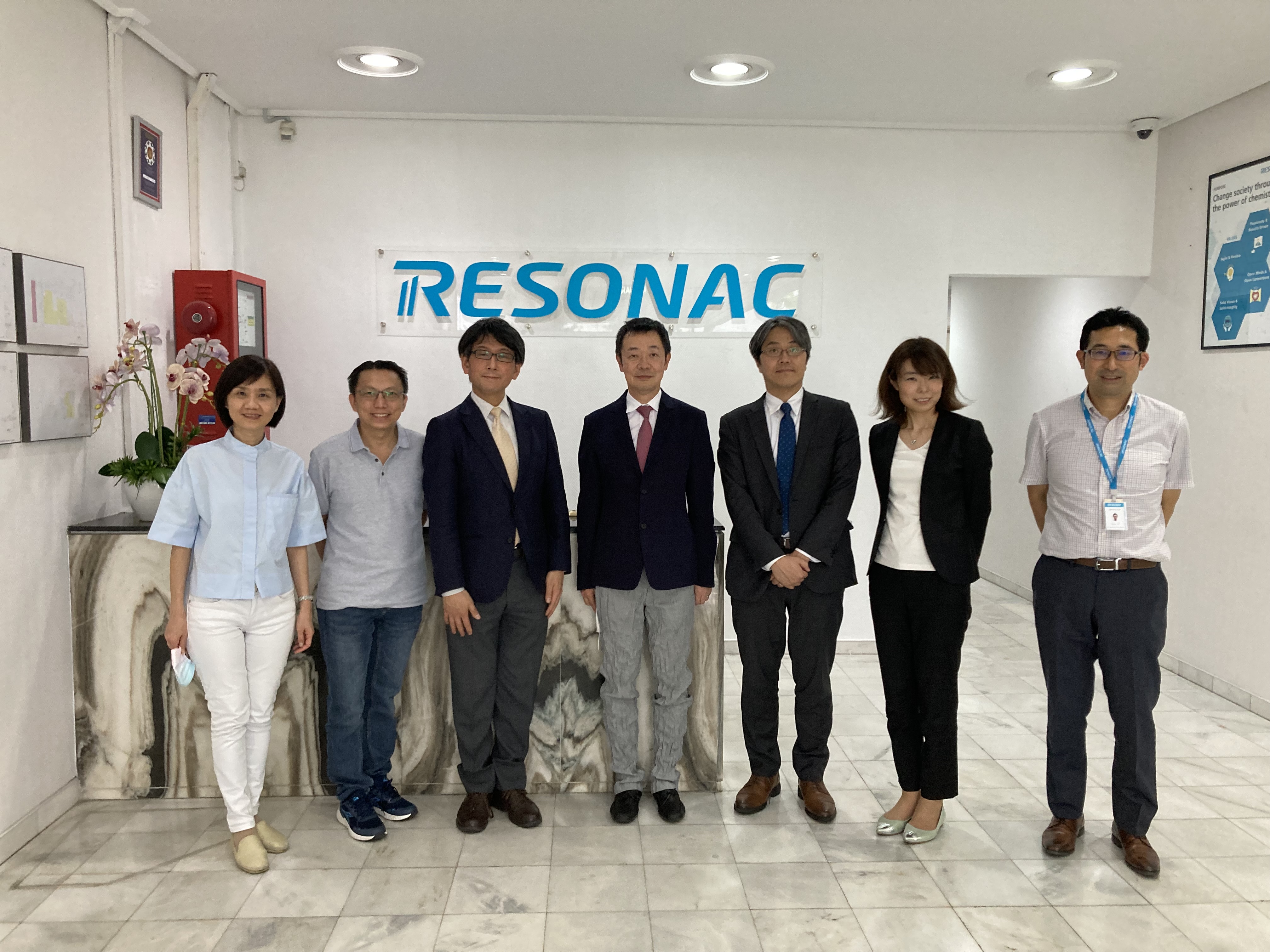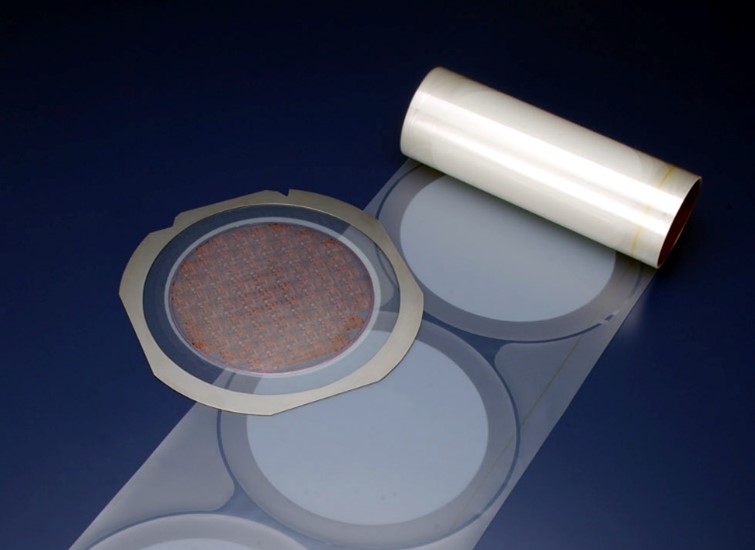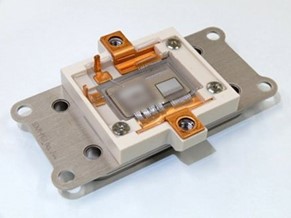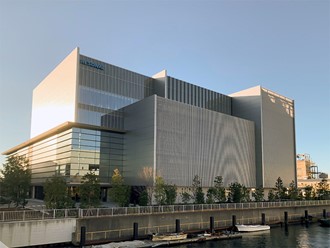Resonac’s Oita Complex Acquires ISCC PLUS certification
—Resonac takes a step toward carbon neutrality by introducing biomass material into its ethylene plant—
Resonac Corporation (President: Hidehito Takahashi) announces that its Oita Complex (Oita City, Oita Prefecture) has acquired ISCC PLUS certification, one of the international certification systems for sustainable products.
This acquisition of ISCC PLUS certification enables Resonac to allocate properties of sustainability derived from biomass materials to derivative products made partially from bio-based hydrocarbons under the mass balance method based on the certification system and sell these derivative products. The date to start sale of these derivative products will be decided after consultation with our business acquaintances.
Resonac’s Oita Complex has been using materials derived from petroleum as materials for ethylene plant in the past. However, Oita Complex now considers partially substituting biomass materials for materials derived from petroleum.
Our aim of grappling with this issue is to put sustainable materials to practical use and construct recycling oriented society which leads to carbon neutrality.
■ Products that can be deployed with ISCC PLUS certification
・ethylene
・propylene
・crude C4 (NBB/TBB)
・C5 distillate
・cracked gasoline
・cracked kerosene
・cracked heavy oil
・gases (hydrogen, methane, ethane, RG, C3LPG)
・vinyl acetate
Resonac also plans to acquire ISCC PLUS certification for products of Olefins & Derivatives Business Unit/Oita Complex other than those mentioned above.
■ ISCC PLUS certification
ISCC PLUS is a sustainability certification program operated by ISCC (International Sustainability and Carbon Certification), a third-party organization. This program is widely recognized as a system to certify that biomass materials, recycled materials, and products maintain sustainability and their whole global supply chains are managed appropriately. ISCC PLUS is utilized as an effective certification system for complex supply chains based on the mass balance method, which promotes the use of biomass materials and recycled materials in the supply chain.
■ Mass balance method
Mass balance method is a technique for manufacturer of chemicals to allocate sustainability of sustainable materials to plural chemical products when those chemicals are manufactured by mixing and processing sustainable materials and unsustainable materials. With this method, the manufacturer of those chemicals can allocate sustainable properties calculated in accordance with the ratio of sustainable materials to one or plural products freely, while the mass of sustainable properties of chemical products are balanced up with that of sustainable materials used for production of those chemicals. When Resonac employs mass balance method, Resonac can promote use of sustainable materials while utilizing existing production method and maintaining quality and performance of chemical products. Furthermore, consumers of final products can contribute to realization of sustainable society by purchasing environment friendly products made from those eco-friendly chemicals. Mass balance method is expected to be adopted by a greater number of companies in the chemical industry.
Oita Complex of Resonac Corporation promises and declares that it will comply with ISCC PLUS requirements provided by the latest ISCC regulations.
■Reference
“Becoming the First in Japan to Acquire International Certification for a Supply Chain That Adopts Materials Derived from Used Plastics”
https://www.resonac.com/news/2023/05/18/2506.html
